To provide the best experiences, we use technologies like cookies to store and/or access device information. Consenting to these technologies will allow us to process data such as browsing behaviour or unique IDs on this site. Not consenting or withdrawing consent, may adversely affect certain features and functions.
The technical storage or access is strictly necessary for the legitimate purpose of enabling the use of a specific service explicitly requested by the subscriber or user, or for the sole purpose of carrying out the transmission of a communication over an electronic communications network.
The technical storage or access is necessary for the legitimate purpose of storing preferences that are not requested by the subscriber or user.
The technical storage or access that is used exclusively for statistical purposes.
The technical storage or access that is used exclusively for anonymous statistical purposes. Without a subpoena, voluntary compliance on the part of your Internet Service Provider, or additional records from a third party, information stored or retrieved for this purpose alone cannot usually be used to identify you.
The technical storage or access is required to create user profiles to send advertising, or to track the user on a website or across several websites for similar marketing purposes.
 Golden Eyes Vampire Crab - Geosesarma Sp. - Decapod Crustacean
1 × £8.71
Golden Eyes Vampire Crab - Geosesarma Sp. - Decapod Crustacean
1 × £8.71 


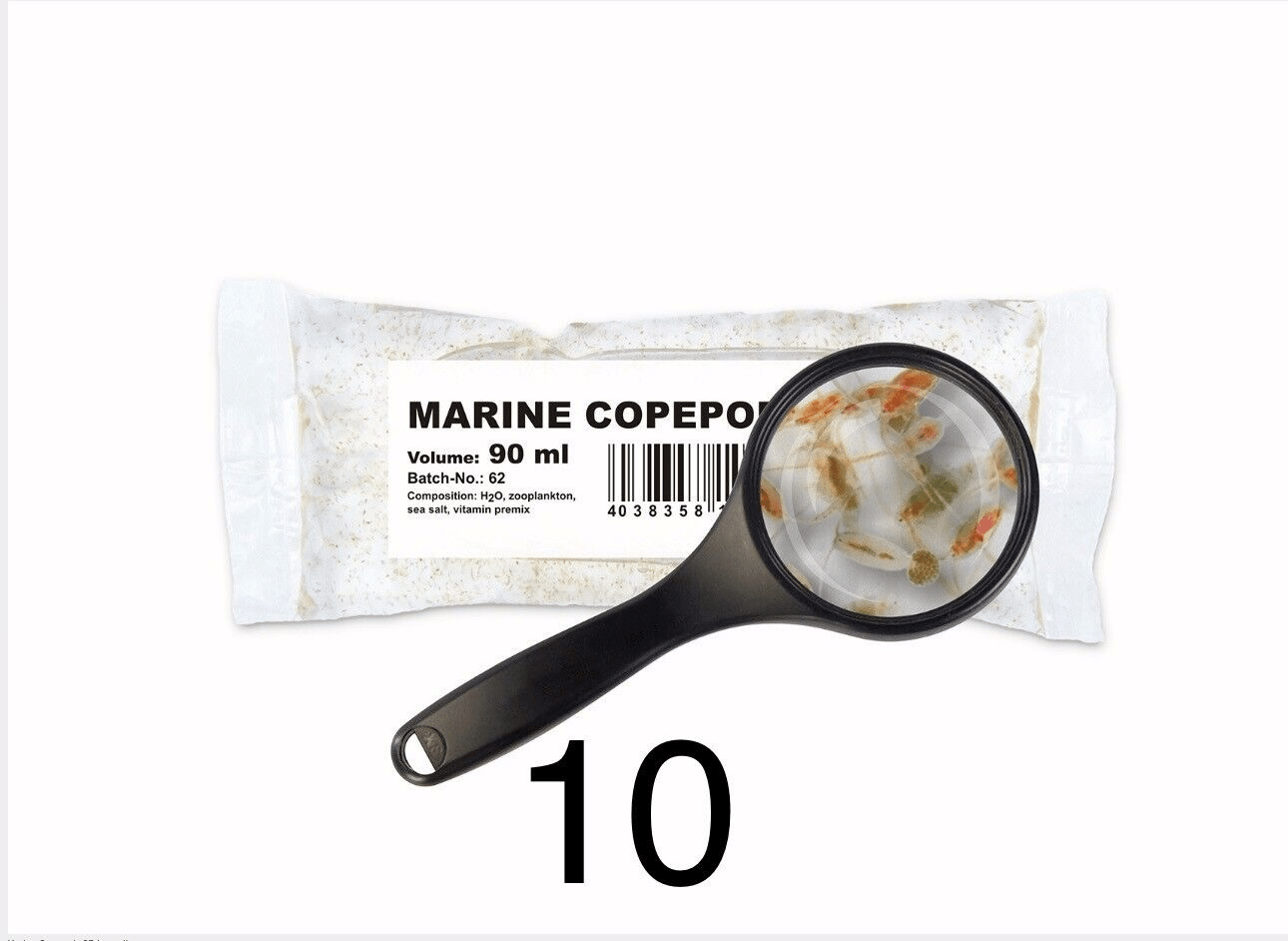


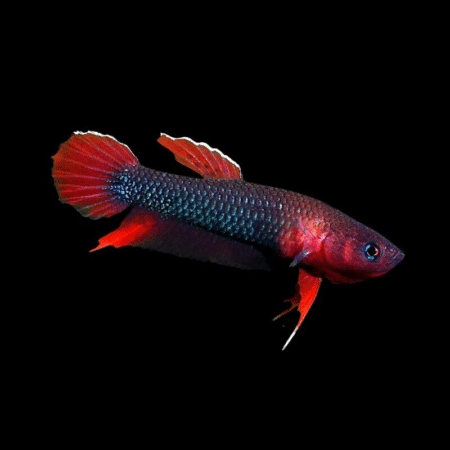


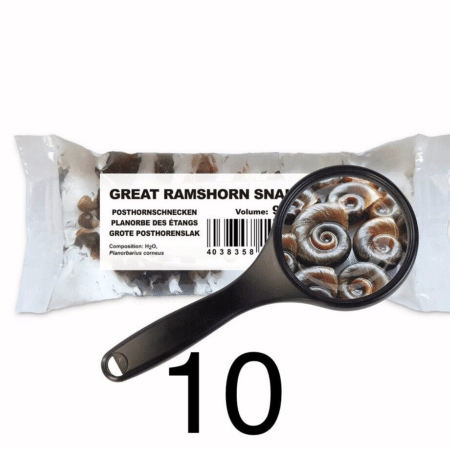

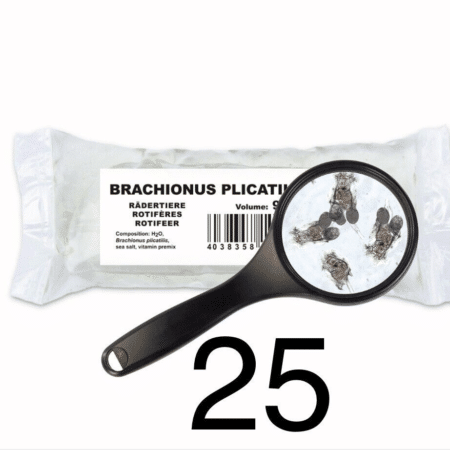
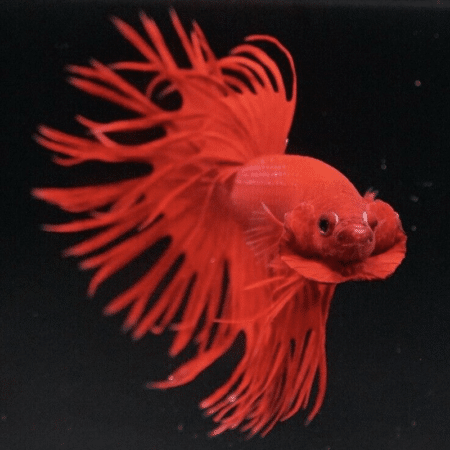

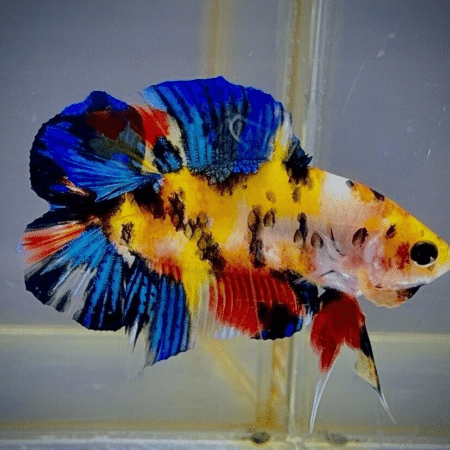
Emily Carter (verified owner) –
As a caring fish parent, I always strive to provide the best nutrition for my betta fish. After using the 10 X 90Ml Bags of live marine copepods for about two weeks, I can confidently say this is some of the best fish food I’ve ever introduced to my aquarium! My betta, named Bubbles, has shown incredible enthusiasm during feeding time—he practically dances as I drop the copepods in.
The quality of these copepods is evident; they are lively and nutritious, making them a perfect treat for my little guy. Compared to other fish foods I’ve tried, the live copepods seem to enhance his colors and overall vitality. I love that they are packed in water, ensuring they stay fresh right up until I’m ready to use them.
Shipping was prompt, and everything arrived as described, though I did notice a few bags were slightly leaky, which wasn’t a huge issue for me. I highly recommend these to anyone looking to give their fish a nutritious boost. They are especially perfect for bettas, but I believe other small fish would benefit too. If you want to see your aquatic friends thrive, don’t hesitate to give these a try!